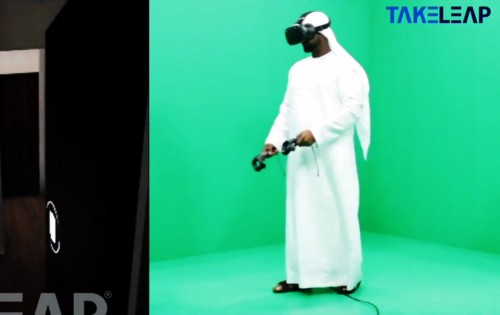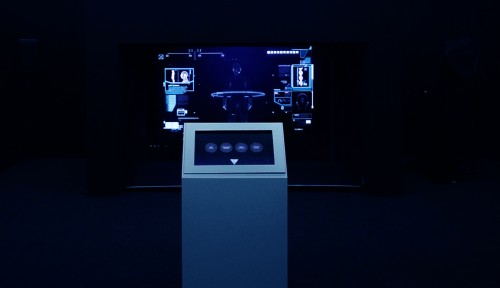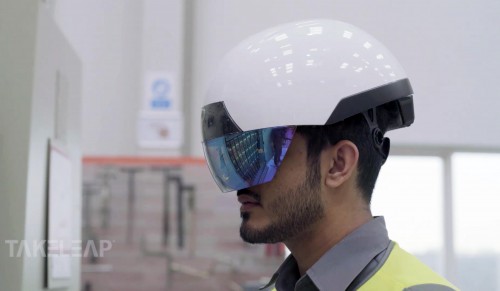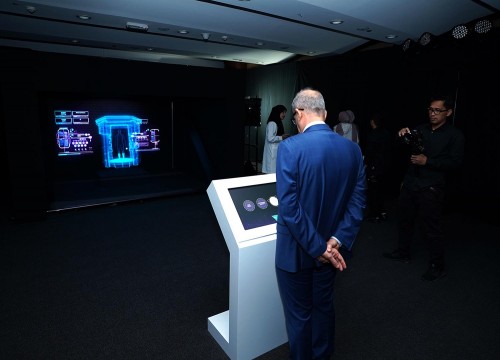How Mixed Reality transforming the Real Estate Industry

What is Mixed Reality?
Mixed reality (MR) is an experience that combines aspects of both the physical and digital worlds. MR experiences can include real-time computer graphics that integrate with a user’s surroundings. MR is a much broader concept than virtual reality (VR), which typically involves a fully immersive computer-generated experience that cuts off a person’s connection to the real world. MR can consist of a number of different types of experiences, including augmented reality (AR), which adds digital elements to a user’s real-world view; and “computer-generated holograms.”
Benefits of Mixed Reality in Real Estate
Immersive browsing - By merging physical environments and 3D models, real estate agents and developers can bring listings to life. By giving prospective buyers a virtual tour of the home and neighborhood, prospective homebuyers can get a better idea of what a home looks like and if it’s a good fit. - Visualizations - MR can also be used to help clients visualize their future home. By allowing clients to create customized floor plans and select their own finishes, designers and architects can offer clients a more hands-on experience. - Collaboration - MR can also be used to bring multiple stakeholders together to collaborate on projects. By allowing teams to share models and designs in real-time, MR software can make it easier to move projects along.
Who’s Using Mixed Reality in Real Estate?
Many companies are exploring MR for real estate applications. Here’s a look at a few of them: - Acrobots - Acrobots is building an end-to-end platform for commercial real estate developers, combining MR with artificial intelligence (AI) and robotics to accelerate the design and construction process. - Matterport - Matterport’s VR platform has been used by 4 million commercial and residential real estate agents worldwide. Its camera technology has helped its clients create more than 50 million VR walkthroughs. - Realities - Realities, a platform built by Blue Yonder, has been used by clients like JLL and CBRE. - Spaces - Spaces, a platform built by Microsoft, allows people to create and share virtual reality spaces. It is designed primarily for home shopping, letting users create and walk through high-resolution 3D models of their homes.
How MR will improve real estate experiences
MR represents a new way of experiencing the world and the potential to transform industries, like real estate, in which customers engage in visual- and experiential-driven interactions. By bringing 3D models into the real world, MR provides a more natural way of experiencing content that’s both immersive and engaging. MR also has the potential to improve productivity, as it can help teams collaborate more effectively and keep models up to date. To succeed, however, MR technology must become easier to use. For example, it must be easy to share models and create realistic visualizations. Generally speaking, MR will improve real estate experiences if it becomes easier and more accessible to use. For example, if providers make it easy to create custom visualizations and walkthroughs, it will be more likely that real estate professionals use these tools.
Conclusion
MR has great potential to transform the real estate industry. Real estate professionals can use MR to enhance their marketing, provide new and engaging customer experiences, and increase productivity.







 Call
Call
 Mail
Mail